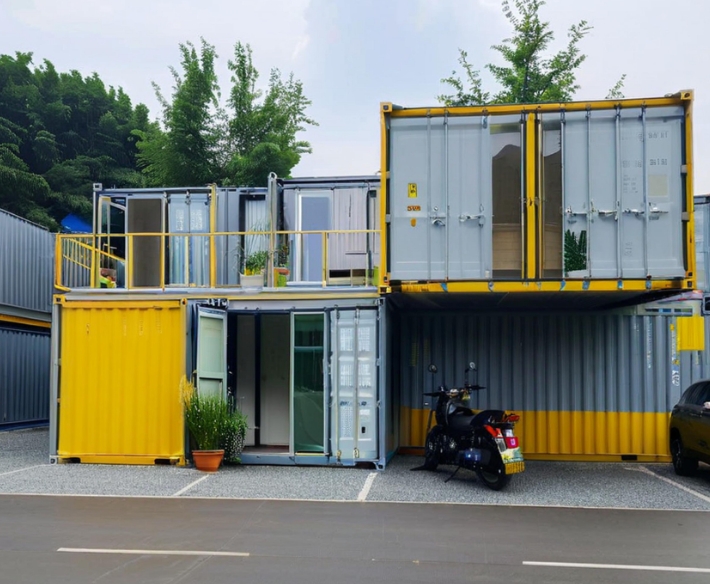Are Modular Container Houses the Future of Affordable and Eco-Friendly Housing?
Modular container housing as the future economic and environmental protection housing possibilities
With the three core advantages of environmental friendliness, economy and flexibility, modular container housing has established its important position in the field of sustainable construction. Despite facing a lack of standardization and social cognition bottlenecks, it is expected to become an important part of the economic and environmentally friendly housing system through technological innovation and policy support, especially dominating temporary facilities, low-cost housing and green business scenarios. Its future potential depends on the speed of technology iteration, policy openness and public acceptance of the synergistic enhancement.
i. Core Advantages Support Future Potential
Outstanding environmental attributes
Reduced consumption of new materials and construction waste through modification of used containers or prefabricated modular production, in line with the concept of circular economy.
Industrialized production process reduces noise and dust pollution at the construction site, and reduces carbon emissions by more than 30% compared to traditional construction.
Significant economic benefits
Standardized prefabrication and rapid assembly reduce labor and construction costs, with the total cost of construction being only 60%-70% of that of traditional buildings.
Demolishable and reusable features reduce relocation and remodeling costs, with obvious advantages in total life cycle costs.
Flexibility and Functional Adaptability
Modularized design supports single-box independent use or multi-box combination expansion to meet the needs of diverse scenarios such as residential, commercial, and public facilities.
Factory pre-installed water and electricity, thermal insulation systems and intelligent equipment shorten the construction cycle to 1/3 of traditional buildings.

ii. Technology Iteration Drives Future Development
Material and Process Innovation
Adoption of high-performance materials such as cold-formed galvanized steel and A-grade fireproof rock wool to enhance durability and safety (resistant to 12-grade typhoon and 9-degree earthquake).
Application of new technologies such as vacuum insulation panels and solar shades to further optimize energy performance.
Intelligent and ecological integration
Integration of smart home systems (temperature control, security) and Internet of Things (IoT) technologies for remote management and energy efficiency optimization.
Eco-designs such as green roofs and rainwater recycling systems enhance environmental friendliness and are in line with the development trend of “zero-carbon buildings”.
iii. Challenges and bottlenecks
Standardization and Policy Restrictions
Currently there is a lack of unified industry standards and differences in the approval process and fire codes for containerized housing in different regions24 .
Long-term land ownership issues limit the popularity of containerized housing as a permanent building.
User Perception and Technical Thresholds
Part of the market is still skeptical about the comfort and durability of containerized housing, and needs to be changed through case promotion.
High-end customization needs (e.g., extreme climate adaptation) rely on professional teams, and small and medium-sized manufacturers have insufficient technical capabilities.
iv. Comparison with traditional construction and emerging technologies
Construction cycle: modular container housing 1-3 months (prefabrication rate of more than 70%); traditional concrete buildings 6-12 months; 3D printing building 2-6 months (local printing)
Carbon emission: modular container house low (≥40% of recycled materials); traditional concrete building high; 3D printed building medium (rely on new building materials)
Retrofit cost: Modular container house Low (modules replaceable); traditional concrete building high; 3D printed building high (structure irreversible)
v. Future orientation and development path
Segmented market penetration
Temporary scenarios: engineering camps, emergency housing and other fields have formed a mature application model.
Permanent buildings: through structural reinforcement and ecological design, gradually expanding to low-rise residences, cultural tourism and lodging.
Industrial Synergy Direction
Deeply integrate with new energy (photovoltaic integration) and smart home industries to create “zero energy” living units.
Push the government to set up industry standards and resolve barriers in land policy and fire acceptance.


